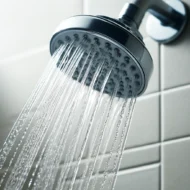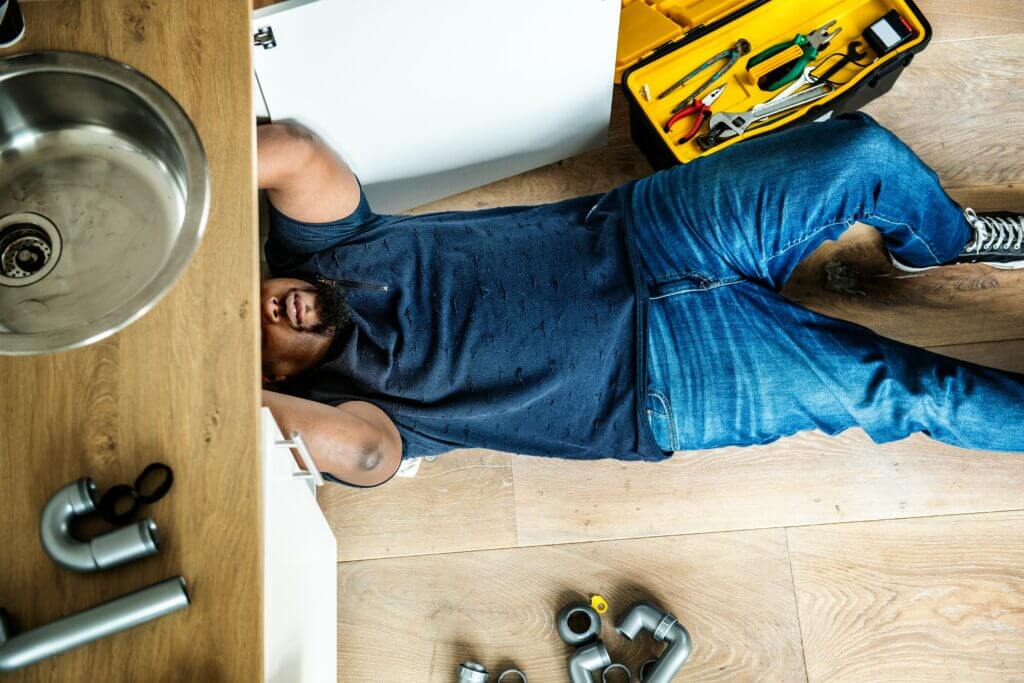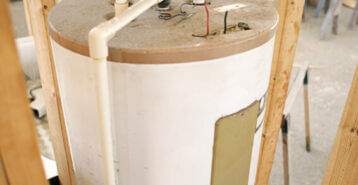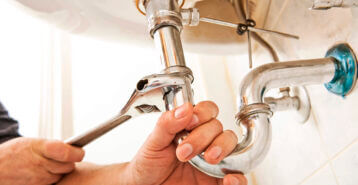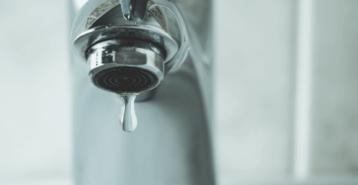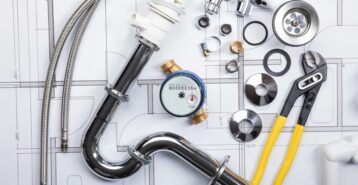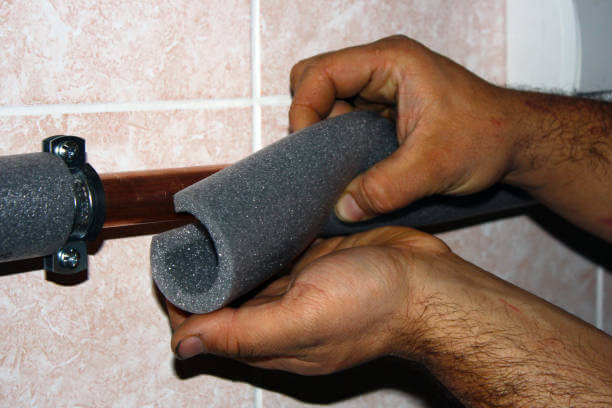How to Fix Low Water Pressure and Improve Your Home’s Plumbing
Experiencing low water pressure in your home can be frustrating and inconvenient, affecting everything from showers to daily chores. Fortunately, there are several steps you can take to identify and resolve the issue. This guide will walk you through common causes, quick fixes, maintenance tips, and system upgrades to help improve your water pressure and keep it running smoothly.
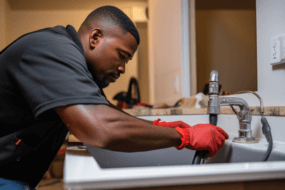
1. Understanding the Causes of Low Water Pressure
Low water pressure can stem from various underlying problems in your plumbing system or your municipal water supply.
Common Symptoms of Low Water Pressure
- Weak water flow from faucets or showerheads.
- Inconsistent water pressure, especially during peak usage times.
- Slow-filling appliances like washing machines or dishwashers.
Typical Causes of Low Water Pressure
- Partially closed valves restricting water flow.
- Sediment or mineral buildup clogging pipes or fixtures. Learn more about plumbing repair costs here.
- Leaks in the plumbing system.
- Aging or corroded pipes reducing flow efficiency. Explore water line replacement costs here.
- Malfunctioning pressure regulators.
- Issues with the municipal water supply, such as low incoming pressure.
2. Quick Fixes for Immediate Results
If you’re dealing with low water pressure, start by addressing simple fixes that can provide quick improvements.
Check for Partially Closed Valves
Locate the main water shutoff valve and individual fixture valves to ensure they’re fully open. Partially closed valves are one of the most common and easily resolved causes of low pressure.
Inspect Faucet Aerators and Showerheads for Clogs
Over time, aerators and showerheads can accumulate debris and mineral deposits. Remove and clean these fixtures with vinegar to dissolve buildup and restore proper flow.
Clear Out Sediment Build-Up in Fixtures
Sediment from hard water often accumulates in faucets and showerheads. Soak removable parts in a vinegar solution or use a brush to remove stubborn deposits. Learn more about unclogging fixtures here.
Modernize’s guides on plumbing maintenance and repair costs can help you better understand these issues and how to address them effectively.
3. Plumbing System Maintenance
Routine plumbing maintenance is essential to improve your water pressure throughout your home.
Inspect for Leaks in the Plumbing System
Even small leaks can significantly reduce water pressure. Check visible pipes for drips or moisture, and monitor your water meter for unexplained spikes in usage.
Replace Aging or Corroded Pipes
Older homes often have galvanized steel or other outdated piping materials prone to corrosion and narrowing over time. Replacing these pipes with modern materials like PEX or copper can greatly enhance flow. Explore costs for water line repairs and replacements.
Ensure the Pressure Regulator is Set Correctly
If your home has a pressure regulator, make sure it’s functioning properly and set to an appropriate level (typically 40-60 psi). A faulty regulator may need adjustment or replacement.
Sump Pump Installation
A sump pump protects your home from water damage by removing excess water around your foundation. Learn about installation costs and benefits here.
4. Enhancing Water Pressure with System Upgrades
If basic fixes and maintenance don’t resolve the issue, consider upgrading your plumbing system.
Install a Pressure-Boosting System
A pressure booster pump can significantly increase water flow to your home, especially if the incoming supply from your water source is insufficient.
Upgrade Main Water Lines for Better Flow
Homes with undersized or aging main water lines often experience inadequate pressure. Upgrading to larger-diameter pipes can improve flow and reduce pressure drops during peak usage.
5. Addressing Water Pressure Issues with Your Water Supplier
Sometimes, low water pressure is caused by issues beyond your home’s plumbing system.
Test Incoming Water Pressure
Use a water pressure gauge to check the pressure at your home’s main supply line. If it’s below the recommended range (40-60 psi), the problem may originate with your municipal water supplier.
Contact Your Local Water Supplier for Assistance
If your water supplier is responsible for the issue, they may be able to adjust system pressure or advise on additional solutions. Keep records of your findings and communication for reference.
6. Preventive Measures for Sustained Water Pressure
Regular upkeep and preventive measures can help you maintain consistent water pressure over time.
Regular Plumbing Inspections
Schedule annual inspections with a licensed plumber to identify potential issues before they affect water pressure.
Install Sediment Filters to Reduce Build-Up
Sediment filters can prevent debris from entering your plumbing system, reducing clogging and improving water flow. Learn how sediment filters can help maintain water pressure.
Schedule Water Heater Maintenance
Flush your water heater annually to remove sediment buildup that can affect both water temperature and pressure.
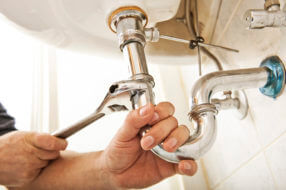
7. When to Call a Professional to Improve Your Water Pressure
While many water pressure issues can be resolved through DIY efforts, some problems require professional expertise.
- Persistent Low Pressure Despite DIY Efforts: If quick fixes and maintenance don’t resolve the issue, it may indicate a more complex underlying problem.
- Complex Issues Requiring Specialized Tools or Expertise: Major leaks, pipe replacements, or pressure regulator failures often require the skills of a licensed plumber.
Improving your home’s water pressure is essential for comfort and efficiency. Whether you’re addressing simple clogs, maintaining your plumbing system, or upgrading to modern solutions, these steps will help you achieve consistent water flow throughout your home.
Modernize can help you find reliable, local contractors with expertise in improving water pressure and addressing plumbing issues. We connect you with trusted professionals who have been thoroughly vetted for their experience and quality of work. Explore our guide on hiring the right plumbing contractor to ensure your water pressure project is handled efficiently and effectively.
Compare top-rated plumbing pros in your area.
Read real homeowner reviews, explore qualifications, and view promotions. Modernize makes it easy to browse professionals and find one that will be perfect for your project.

